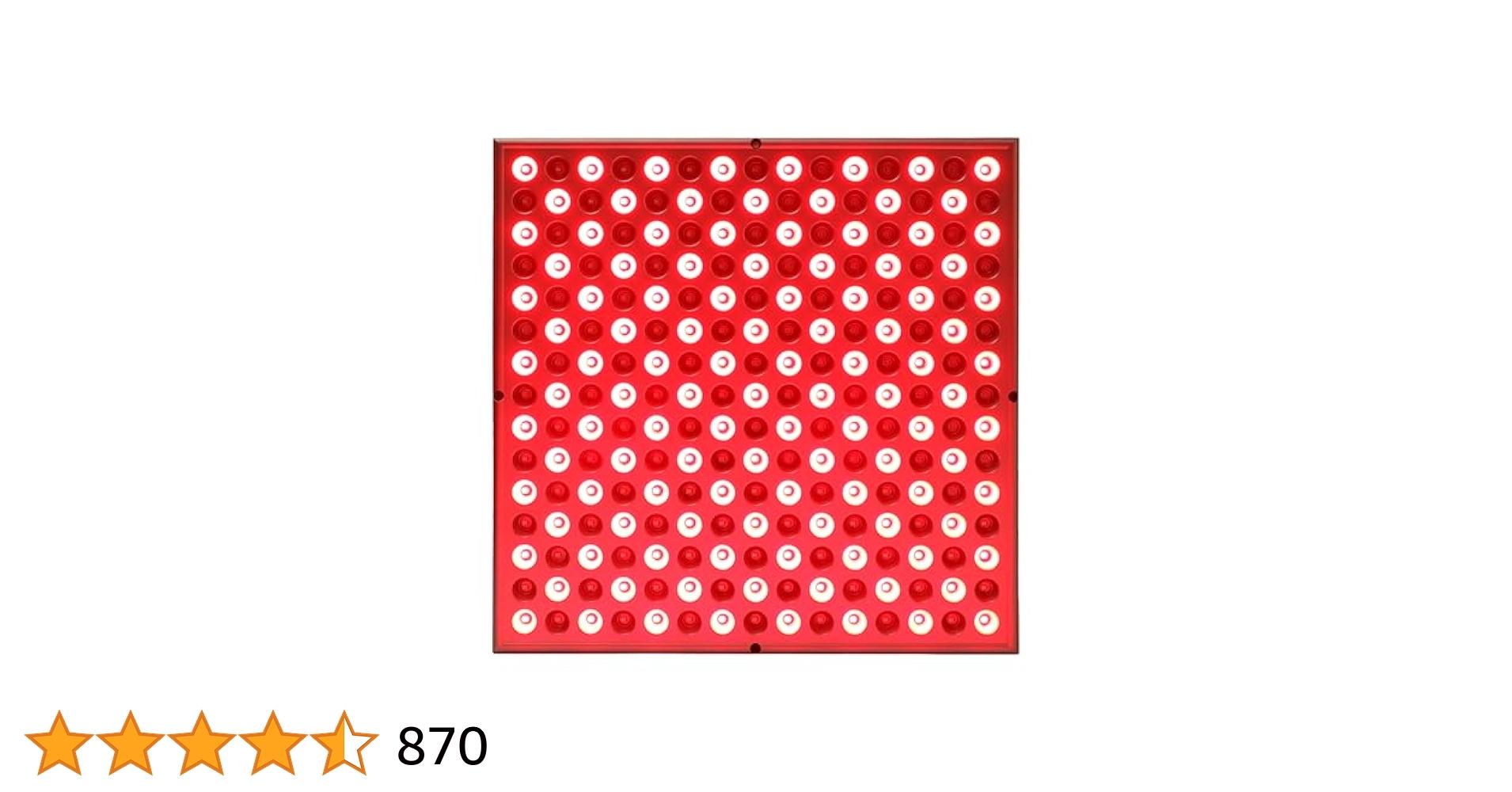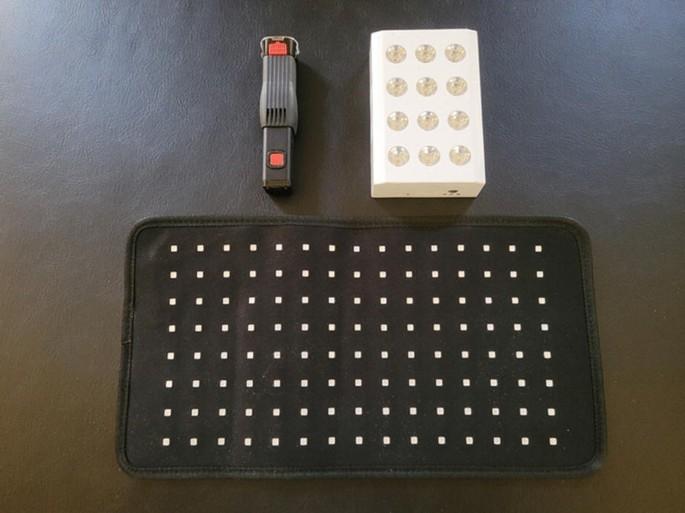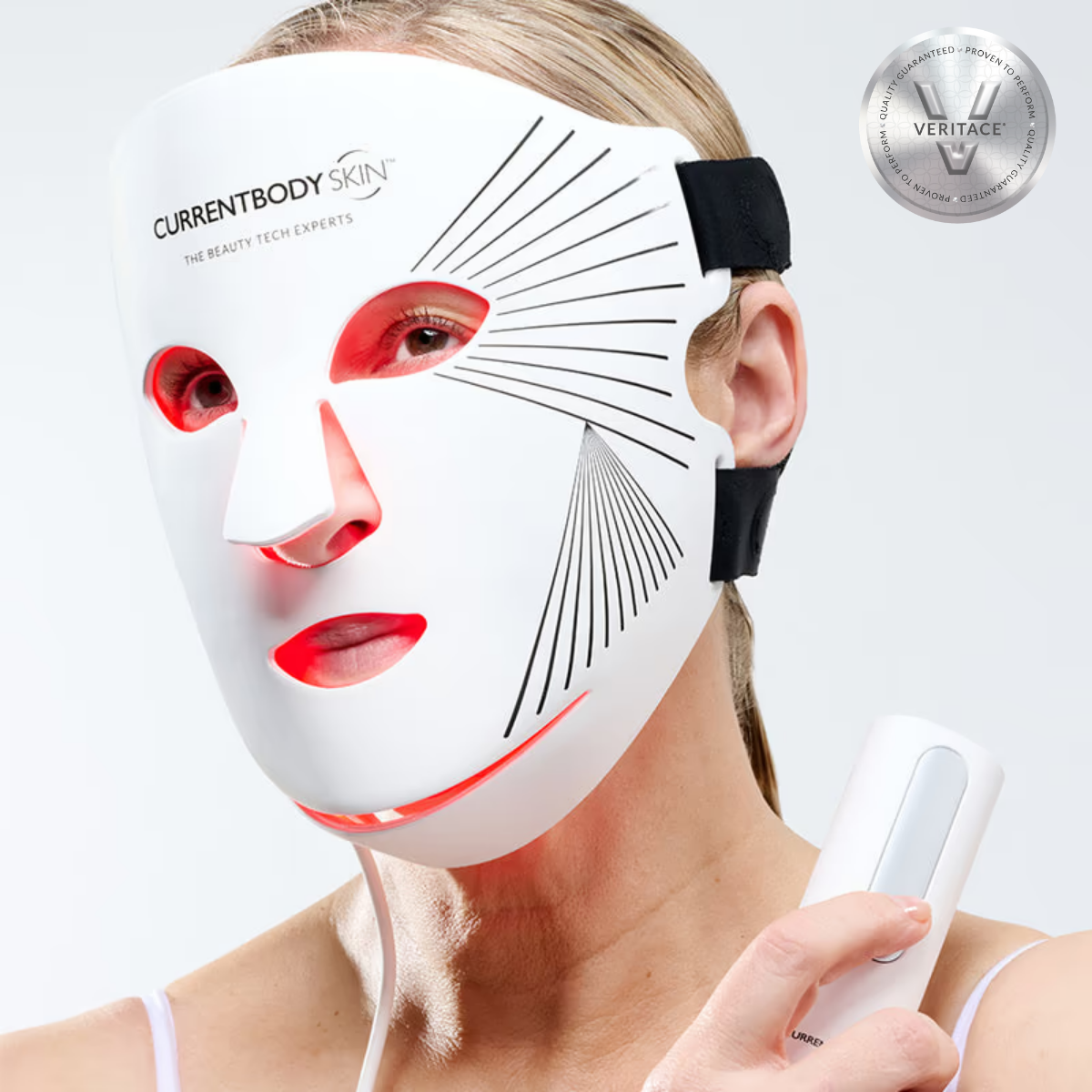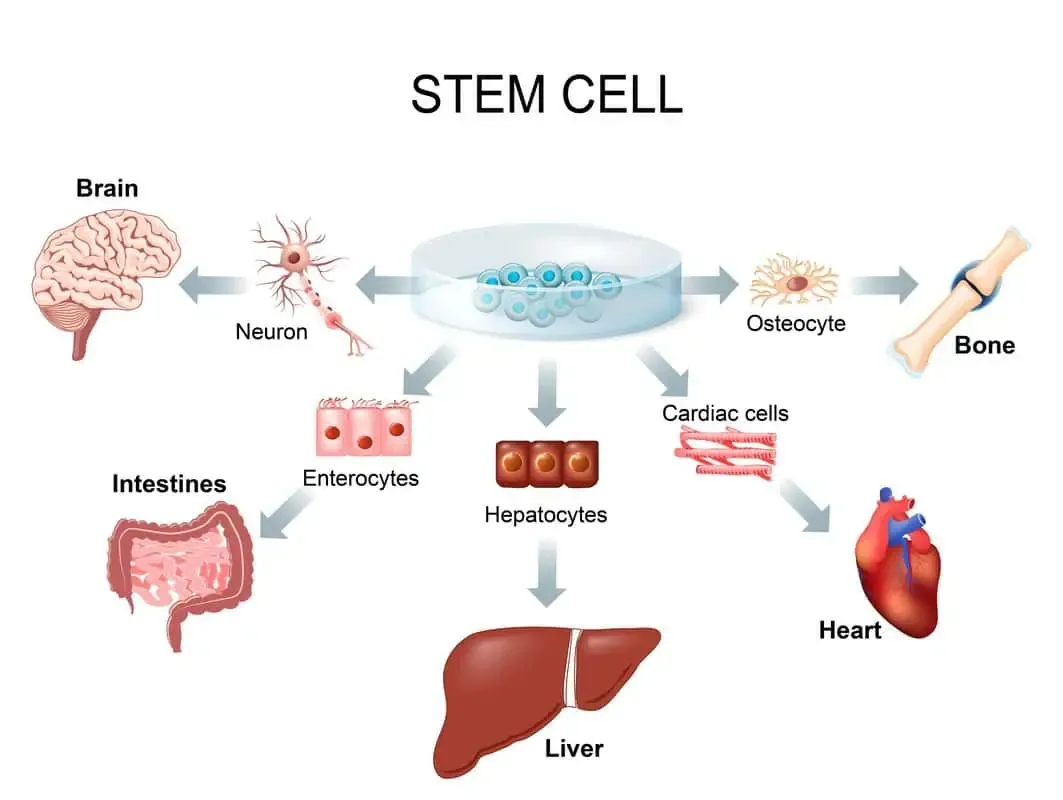The journey into light therapy often begins with a fundamental question: what exactly is light, and how can it impact our well-being? At the heart of light therapy lies a profound scientific principle – the intricate relationship between the human body and the electromagnetic spectrum. Understanding The Electromagnetic Spectrum In Light Therapy is not just about knowing different colors; it’s about comprehending the diverse energies that surround us and how specific wavelengths can be harnessed for therapeutic benefits. This foundational knowledge is crucial for anyone looking to explore the incredible potential of light as a healing modality.
For those eager to delve deeper into specific applications, such as the therapeutic effects of infrared light, we encourage you to explore Infrared Light: A Deep Dive Into Near and Far Infrared Benefits, which offers a comprehensive look at how these specific wavelengths can support health and recovery.
What is the Electromagnetic Spectrum?
Imagine a vast ocean where waves of different sizes and speeds coexist. The electromagnetic spectrum is quite similar, but instead of water, it’s filled with electromagnetic waves. These waves are a form of energy that travels through space at the speed of light, carrying with them varying amounts of energy depending on their wavelength and frequency. From the incredibly long radio waves that carry our favorite music to the extremely short gamma rays used in medical imaging, the spectrum encompasses every type of light, both visible and invisible to the human eye.
Each type of electromagnetic radiation, whether it’s sunlight or the light from an LED device, can be characterized by its wavelength (the distance between two consecutive peaks of a wave) and its frequency (how many waves pass a point in a given time). Shorter wavelengths typically mean higher frequencies and more energy, while longer wavelengths correspond to lower frequencies and less energy. This fundamental principle is key to understanding how different forms of light can have distinct effects on our bodies.
The Visible Spectrum: Colors of Healing
When we talk about light, most people immediately think of the visible spectrum – the colors of the rainbow. These are the wavelengths that our eyes can detect, ranging from deep red to violet. But in light therapy, these colors are not just for aesthetics; they possess unique properties that interact with our biology.
Red Light Therapy: The Powerhouse of Healing
Red light, with wavelengths typically between 630-700 nanometers (nm), is perhaps the most widely recognized and researched segment of the visible spectrum for therapeutic purposes. It’s known for its ability to penetrate skin deeper than other visible light, reaching into cells and tissues. This is where the magic happens: red light stimulates the mitochondria, often called the “powerhouses” of our cells, boosting cellular energy production (ATP). This increased energy can accelerate healing, reduce inflammation, improve skin health, and even aid in muscle recovery. It’s a true regenerative force.
Blue Light Therapy: A Clearer Picture
Blue light, ranging from about 400-500 nm, has a shorter wavelength and higher energy compared to red light. While it doesn’t penetrate as deeply, its primary therapeutic use lies in targeting the skin’s surface. Blue light is particularly effective at destroying P. acnes bacteria, which is a major contributor to acne breakouts. This makes it a popular choice for dermatological applications. Additionally, blue light can help regulate circadian rhythms, making it useful for treating seasonal affective disorder (SAD) and improving sleep patterns by suppressing melatonin production during the day.
Green and Yellow Light: Emerging Therapies
While less studied than red and blue, green light (around 500-570 nm) and yellow light (around 570-600 nm) are gaining recognition for their potential benefits. Green light has shown promise in reducing hyperpigmentation and erythema (redness) in the skin, as well as offering relief from migraines and improving sleep quality. Yellow light, on the other hand, is often used to reduce redness, swelling, and improve skin elasticity, making it beneficial for sensitive skin and anti-aging treatments. These less common wavelengths underscore the vast potential within the visible spectrum for targeted health improvements.
 Exploring visible light therapy and the varied effects of colors like red, blue, and green light on health.
Exploring visible light therapy and the varied effects of colors like red, blue, and green light on health.
Beyond Visible: Infrared and Ultraviolet Light Therapy
The therapeutic applications of light extend far beyond what our eyes can perceive. The invisible parts of the electromagnetic spectrum, particularly infrared and ultraviolet light, play significant roles in modern light therapy.
Infrared Light Therapy: The Invisible Warmth
Infrared (IR) light, with wavelengths longer than visible red light (typically 700 nm to 1 millimeter), is best known for its warming sensation. It penetrates much deeper into the body, reaching muscles, joints, and even bones. Infrared light is often divided into Near-Infrared (NIR) and Far-Infrared (FIR). NIR (700-1400 nm) works similarly to red light by stimulating cellular function, but at a greater depth, making it excellent for muscle recovery, pain relief, and deep tissue healing. FIR (3000 nm – 1 mm) is more about gentle heat and detoxification, promoting circulation, reducing inflammation, and relaxing muscles. Many studies point to the profound benefits of FIR in promoting overall wellness and easing chronic pain. If you’re looking for a comprehensive guide to understanding the benefits of infrared light, especially its near and far variations, our article on Infrared Light: A Deep Dive Into Near and Far Infrared Benefits provides an in-depth explanation.
Ultraviolet Light Therapy: A Double-Edged Sword
Ultraviolet (UV) light, with wavelengths shorter than visible violet light (typically 10-400 nm), carries higher energy. While essential for vitamin D production and used in controlled settings for treating skin conditions like psoriasis and eczema, UV light also comes with risks. Prolonged and unprotected exposure can lead to sunburn, premature skin aging, and increased risk of skin cancer. Therefore, UV light therapy should always be administered under professional medical guidance to ensure safety and effectiveness.
“The beauty of the electromagnetic spectrum in light therapy lies in its specificity. Each wavelength, whether visible or invisible, has a unique biophotonic signature that interacts differently with our cellular machinery. It’s about matching the right light to the right biological target.” — Dr. Evelyn Reed, Medical Researcher specializing in Photomedicine
How Different Wavelengths Interact with the Body
The core of light therapy’s effectiveness lies in how specific wavelengths, delivered as photons, interact with molecules within our cells. This process, known as photobiomodulation (PBM), is not about heat or radiation in the harmful sense, but about stimulating natural biological processes.
When light photons penetrate the skin and reach cells, they are absorbed by chromophores – light-sensitive molecules like cytochrome c oxidase (CCO) in the mitochondria. This absorption triggers a cascade of biochemical reactions. For instance, red and near-infrared light absorbed by CCO leads to increased ATP production, enhanced cellular repair, reduced inflammation, and improved circulation. Different wavelengths target different chromophores and penetrate to varying depths, leading to diverse therapeutic outcomes. Blue light, for example, is absorbed by porphyrins in acne bacteria, leading to their destruction.
 Understanding light therapy cellular interaction and how specific wavelengths benefit biological processes.
Understanding light therapy cellular interaction and how specific wavelengths benefit biological processes.
The Science Behind Therapeutic Wavelengths
The depth of penetration is a critical factor in light therapy. Shorter wavelengths, like blue and green light, primarily affect the superficial layers of the skin, making them ideal for dermatological issues. Longer wavelengths, such as red and especially near-infrared light, can penetrate much deeper, reaching muscles, joints, and even bone, which makes them effective for pain relief, muscle recovery, and tissue regeneration. The specific therapeutic effect is determined by which molecules absorb the light and the subsequent biological pathways that are activated. It’s a precise science that leverages the body’s own healing capabilities.
Choosing the Right Wavelength for Your Needs
Given the vastness of the electromagnetic spectrum and the specific effects of different wavelengths, how do you choose the right light therapy for you? It’s essential to consider your specific health goals and any conditions you wish to address.
For skin surface issues like acne, blue light may be beneficial. For overall skin rejuvenation, anti-aging, and superficial wound healing, red light is often the go-to. If you’re dealing with deeper pain, muscle soreness, or require faster recovery from injuries, near-infrared light would be more appropriate due to its superior penetration. For a relaxing, detoxifying heat, far-infrared is excellent.
Consulting with a healthcare professional or a light therapy specialist can provide tailored advice. They can help you understand which wavelengths are most suitable for your unique situation, ensuring you make an informed decision for effective and safe treatment.
“Think of light as a nutrient. Just as our bodies need specific vitamins and minerals, they also respond to specific wavelengths of light. The key is understanding which ‘nutrient’ of light your body needs for optimal function and healing.” — Professor Liam Thorne, Bio-optics Specialist
Safety and Efficacy: What You Need to Know
While light therapy, especially within the visible and infrared spectrums, is generally considered safe when used correctly, it’s crucial to approach it with an understanding of best practices. Always adhere to manufacturer guidelines for any at-home devices. Protect your eyes, especially from intense red and near-infrared light, by using protective eyewear if recommended.
It’s also important to manage expectations. Light therapy is a powerful tool, but it’s not a magic bullet. Consistency is key, and results may vary depending on the individual, the condition being treated, and the quality of the device used. Always look for devices that have undergone rigorous testing and adhere to safety standards. When considering a deeper dive into topics like understanding the benefits of infrared light and its applications, resources like Infrared Light: A Deep Dive Into Near and Far Infrared Benefits can provide valuable, science-backed information.
Conclusion
Understanding the electromagnetic spectrum in light therapy is foundational to appreciating its profound impact on health and wellness. From the invigorating blue light that fights acne to the deeply penetrating infrared wavelengths that soothe pain, each segment of the spectrum offers unique therapeutic benefits. By grasping the principles of wavelength, frequency, and cellular interaction, individuals can make informed choices about incorporating light therapy into their wellness routines, unlocking new pathways to healing and vitality. As research continues to expand our knowledge, the future of light therapy shines ever brighter.
FAQ
What is the electromagnetic spectrum in simple terms?
The electromagnetic spectrum is the range of all types of electromagnetic radiation, which is energy that travels in waves. It includes everything from radio waves to X-rays, with visible light being just a small part of it.
How does the electromagnetic spectrum relate to light therapy?
Light therapy utilizes specific wavelengths from different parts of the electromagnetic spectrum – primarily visible light (red, blue, green) and invisible light (infrared, ultraviolet) – to elicit targeted biological responses in the body for therapeutic benefits.
What’s the difference between visible and invisible light in therapy?
Visible light (like red and blue) can be seen by the human eye and often targets superficial skin issues. Invisible light, such as infrared, penetrates deeper into tissues for systemic benefits, while ultraviolet light is used in very controlled medical settings.
Is UV light therapy safe?
UV light therapy can be effective for certain skin conditions but carries risks of skin damage and cancer with uncontrolled exposure. It should only be administered under strict medical supervision and is not typically used in general wellness light therapy devices.
What are chromophores, and why are they important in light therapy?
Chromophores are light-sensitive molecules within our cells (like cytochrome c oxidase in mitochondria) that absorb specific wavelengths of light. Their absorption triggers the biochemical reactions responsible for light therapy’s therapeutic effects.
How does light therapy penetrate the skin?
Light energy (photons) travels in waves. The length of these waves (wavelength) determines how deeply they can penetrate the skin and tissue. Longer wavelengths, like those of infrared light, can penetrate much deeper than shorter ones, like blue light.



